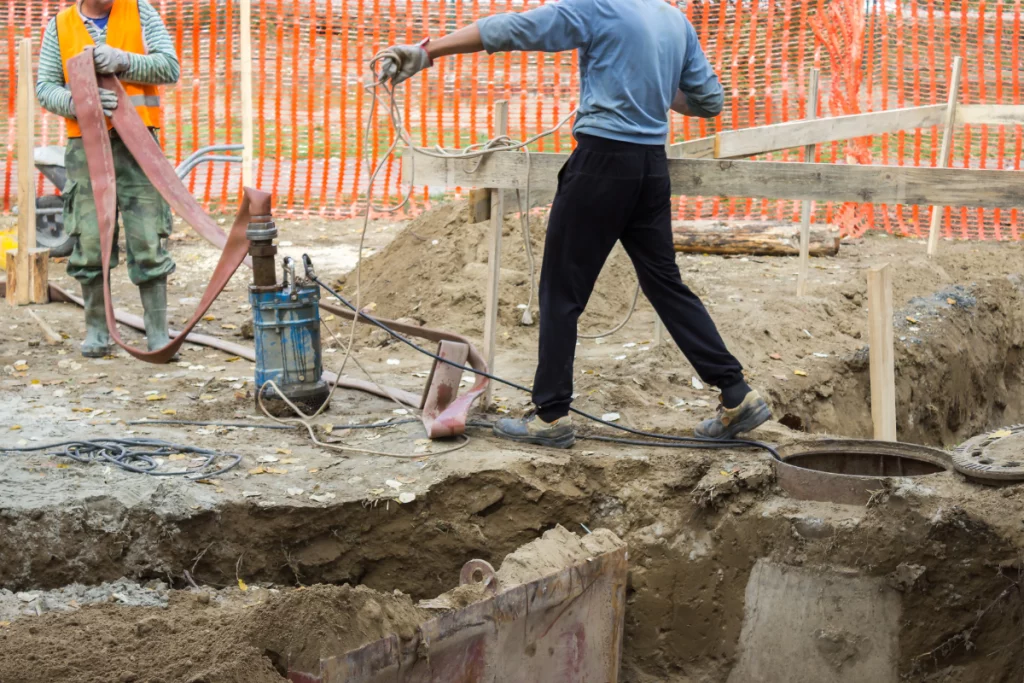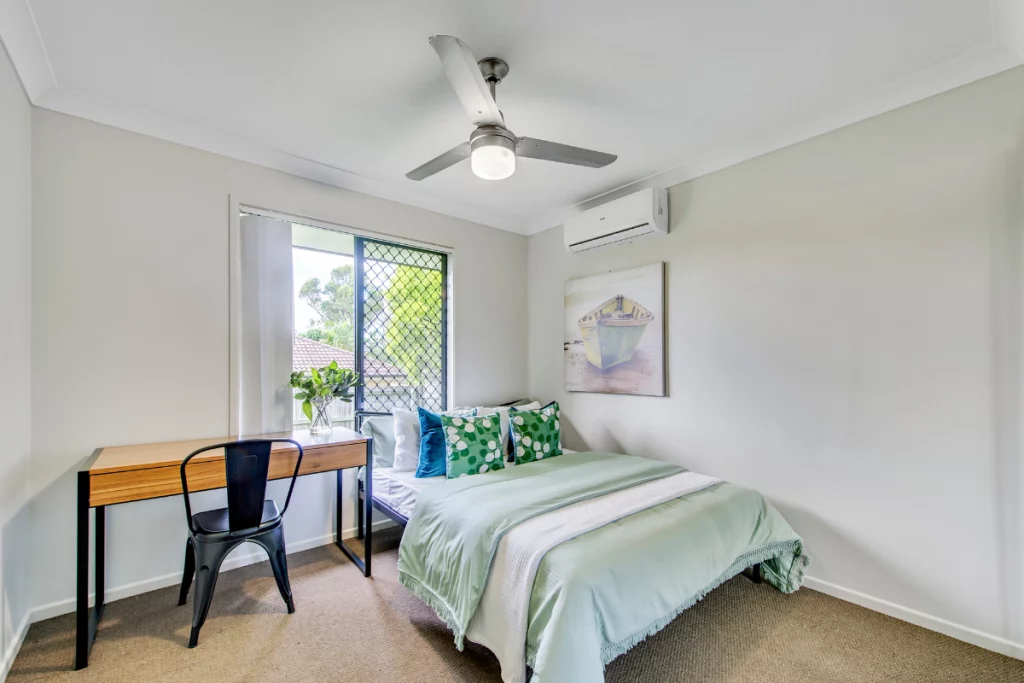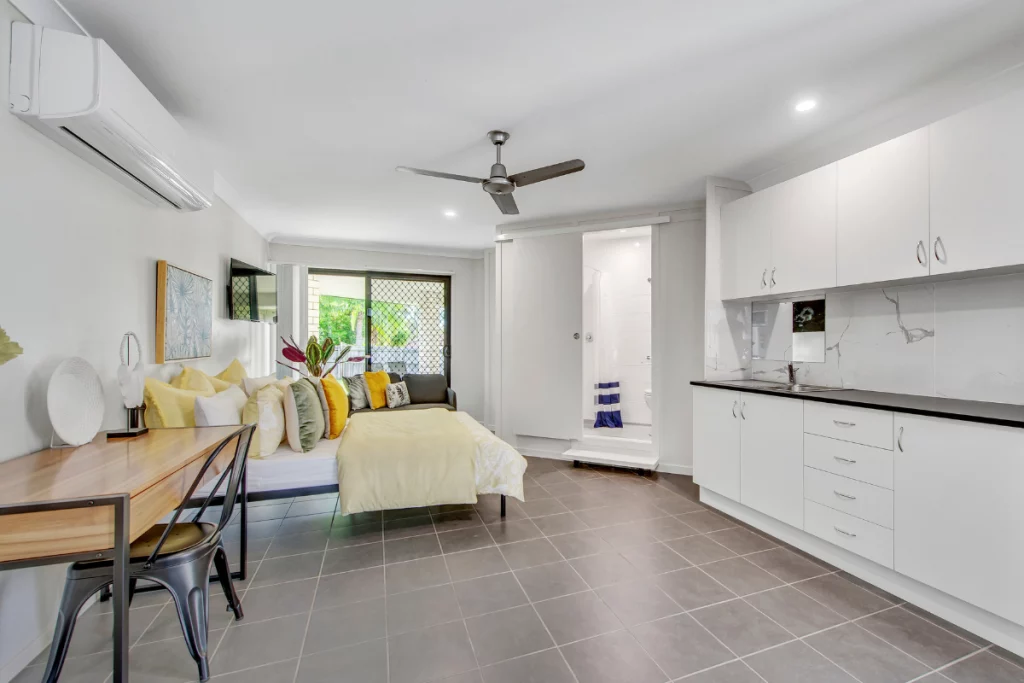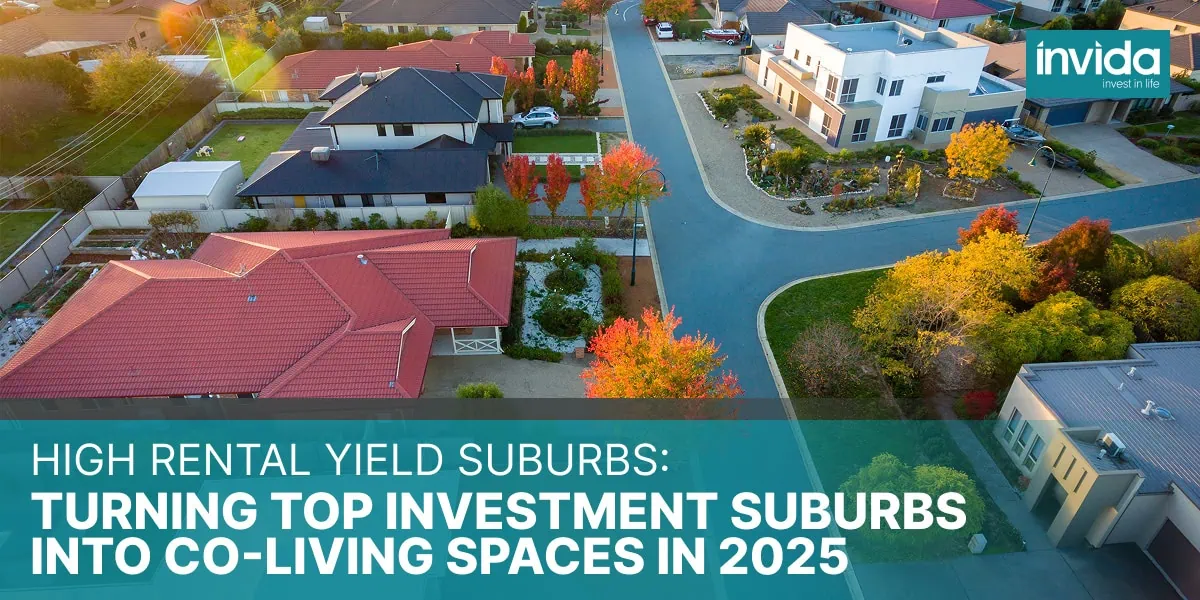Three very different scenarios led Nathan, Ronan and Nawar to their co-living experience in Western Australia. Each of their HMO micro-apartments serves their needs in different ways, including giving the opportunity to socialise with other residents when the mood strikes.
43-year-old Nathan is plumber by trade. He’s lived in many parts of Australia, from Geelong and Melbourne where he grew up, to locations in Queensland and South Australia. “I get itchy feet after a couple of years,” he says. “I like to move around.”
At the moment he’s based in Fremantle, doing fly-in fly-out (FIFO) work in water operations. The micro-apartment he’s lived in since Oct 2020 is the former media room of a six-bedroom house, now converted into a combined living/sleeping area plus ensuite. His $225 weekly payment includes all bills, access to a shared kitchen and a family room, and a “huge shed” at the back of the house, perfect for his motorbikes and tools.
He also lives opposite a lake, which he loves. “I look out my bedroom in the evening and I can see kangaroos come in from the lake, grazing in the parkland,” Nathan says.

Renting in a tight market
In WA, COVID-19 border closures caused a major housing shortage in 2021, with large numbers of workers moving across from interstate to keep their jobs in WA. Nathan has heard stories of people spending months trying to find a rental, with 20 to 30 people turning up to inspections, many of them offering higher rent to secure the property.
For a FIFO worker doing two weeks on, two weeks off, co-living suits Nathan’s needs. As he says, “I don’t need my own place, it would have been a waste of money.”
A lot of Nathan’s day-to-day ease of living is down to his property manager. She not only goes above and beyond helping residents, she also understands the mix of people in the house, which makes a big difference. “If you brought in the wrong resident, it could cause chaos,” Nathan says.
He says he and his co-residents all get along quite well. Having experienced depression on and off, Nathan says it helps having people around; otherwise he could easily feel isolated.

“I can be a bit of a loner,” says Nathan. “But we are pack animals so it’s good to have that contact with people, especially when I’m FIFO and working off a different system to everybody else.”
That contact might include sitting down and sharing a meal, or even watching movies and TV together. “I don’t have kids, I’m single and it’s interesting to sit there and talk to them and hear their stories,” he says.
A slow-but-steady recovery in co-living
Another resident who benefits from co-living or HMO as it’s also known (house in multiple occupation), is 53-year-old Ronan. He lives on a disability pension because of mental health issues. “I was in a dismal, difficult situation, shattered by events from my past,” he says. “I was introverted, I kept to myself.”
Through his co-living journey Ronan says he’s met so many different people from all around the world. He’s seen a variety of residents come and go, from young people travelling and full-time workers to retired people in their 60s. Sharing a kitchen and laundry facilities, he’s been forced to deal with people again.
Ronan speaks fondly of one former resident who created a sense of camaraderie and family in the house, and helped him come out of his shell. Now he’s having chats with a variety of people every day.
“I used to not be able to have conversations because of the situation I was in. I’m still not 100 percent but I’m a lot further down the line than where I was to start with. It’s been hard, but it’s good,” Ronan says.
SCROLL DOWN to look inside an HMO / Co-living micro-apartment.

Harmony in a big house
Ronan has one of 12 private rooms in a large, converted property divided down the middle into two separate blocks. Cleaning of common areas and maintenance of the property is taken care of as part of his weekly $290 payment. Some residents grow herbs in the small gardens down the side of the house.
A lot of the time, his co-residents keep to their own space, and are respectful of each other’s privacy and need for quiet. On the odd occasion when tenants have been rowdy or not respected others, their agents immediately rectify the situation.
“A lot of people are going through stuff, just coping,” Ronan says. “So I find there’s a common understanding that we’re all dealing with our own lives.
“We’re not a crowd who wants wild parties. We have chats, we can identify with someone else’s situation, and realise that we’re not alone in this.”


A haven for Nawar as he waits it out
36-year-old IT professional Nawar lives in a two-storey townhouse that now contains 5 micro-apartments. His room is the former upstairs master bedroom and has a balcony and shared bathroom.
Nawar moved to Australia on a skilled migrant visa and had planned to settle in Melbourne, where his uncle lives. But a lucrative job offer lured him to Perth where he found there was a shortage of IT and cyber security skills.
Now he loves Perth – the time difference between it and the Middle East / Europe is smaller than Australia’s eastern states, the weather is good and it’s quiet. A perfect place for his kids to grow up.
His wife and twin boys are still in Dubai, waiting to move to Australia. He had booked for them to fly to Perth in December 2021 but that date was pushed back to February 2022.

When Nawar and his wife and kids move into a rental together, he will find them a three-bedroom house. For now, his co-living apartment is convenient. It’s close to Perth CBD – a five-minute drive to his office, or a 15-minute trip on the bus.
The house is near a main street where there are cafes and restaurants, with a supermarket only a minute’s walk away. Nawar describes himself as a bit of a foodie; he and some of the other residents sometimes go out and try different eateries in the area.
The rental terms also give him flexibility. “I didn’t know how long it would take to get my family over. I was offered three- or six-month terms, and I could just keep renewing it,” Nawar says.
After agreeing to a year-long lease, he has now negotiated his rent to $210 per week which includes all his utilities and a garage for his car.
Nawar chose this style of accommodation because he didn’t want to deal with a landlord. “The rental application process is hideous, even with a clean record,” he says. He also didn’t want to rent from an individual on a sub-lease.
Instead he was keen on the HMO concept: being managed by an agent, protected by regulations. “We are both bound by agreements, me with the agent, and the agent with the landlord,” he says. He says if there’s ever an issue, he or a housemate reports it and it’s dealt with quickly.
Nawar has seen first hand the rental squeeze in Perth, which makes the HMO or co-living concept more essential. Fortunately he says the rental crisis has started to ease a bit, which bodes well for his family and their new start in Perth.
Learn how you can purchase a co-living custom build or conversion in Western Australia by joining our upcoming free webinar;‘Co-living: The Smart Property Investor Strategy’.





